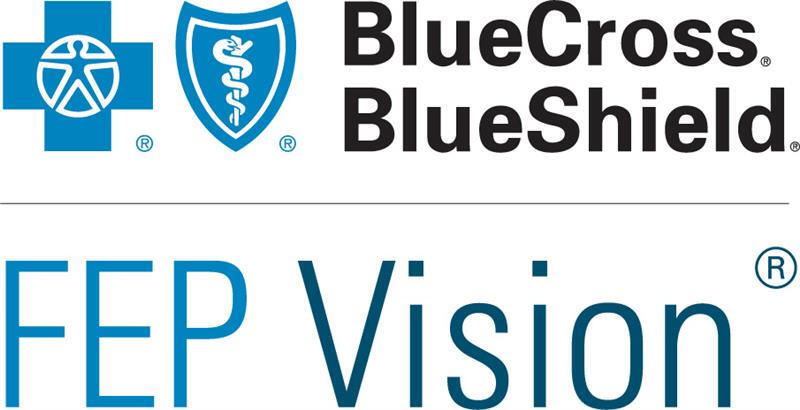For 2026, most Medicare enrollees will see their monthly premiums increase by an average of 9.7%. That means the average Medicare user will pay $202.90 monthly, a $17.90 increase from the 2025 monthly premium of $185.00.
Medicare is the federal government health insurance program for:
- People 65 years of age and older
- Some people with disabilities under age 65
- People with end-stage renal disease (permanent kidney failure requiring dialysis or a transplant)
If you have Tricare coverage, you must enroll in Medicare when you become eligible; if you have Department of Veterans Affairs health care coverage, you may not need to sign up for Medicare.
You must sign up for Medicare during a seven-month period that begins three months before you turn 65, or possibly pay penalties or higher rates later. Part A is normally free, and Part B costs are listed above. If you don't have other health insurance, you must also enroll in Medicare Part D, or possibly face higher costs.
Tricare members are required to sign up for Medicare Parts A and B but are automatically enrolled in Tricare for Life, a no-cost Medicare wraparound insurance package that pays for many things Medicare won't, when they sign up. Tricare for Life also has prescription coverage, which means you don't need Medicare Part D. In some situations, Medicare may offer better prescription coverage.
Compare the Tricare and Medicare pharmacy programs.
The Four Parts of Medicare
In understanding the basics of Medicare, it’s important to learn the different types of coverage offered by the program and what they include:
- Medicare Part A (hospital insurance) helps cover your inpatient care in hospitals. Part A also helps cover skilled nursing facilities, hospice, and home health care if you meet certain conditions.
- Medicare Part B (medical insurance) helps cover medically necessary services such as doctor's services and outpatient care. Part B also helps cover some preventive services to help maintain your health and to keep certain illnesses from getting worse.
- Medicare Part C (Medicare Advantage plans) is another way to get your Medicare benefits. It combines Part A, Part B and sometimes Part D (prescription drug) coverage. Medicare Advantage plans are managed by private insurance companies approved by Medicare. These plans must cover medically necessary services. However, plans can charge different copayments, coinsurance or deductibles for these services.
- Medicare Part D (Medicare prescription drug coverage) helps cover prescription drugs. This coverage may help lower your prescription drug costs and help protect against higher costs in the future.
Medicare Part A (hospital insurance)
Medicare Part A helps pay for care in hospitals, skilled nursing facilities, hospice care, and some home health care in certain conditions.
Cost: Most people get Part A automatically when they turn age 65. They do not have to pay a monthly premium for Part A if they paid Medicare taxes while they were working.
If you (or your spouse) did not pay Medicare taxes while you worked and you are age 65 or older, you still may be able to buy Part A. If you paid Medicare taxes for less than 30 quarters, the standard Part A premium is $565 each month in 2025. If you paid Medicare taxes for 30-39 quarters, the standard Part A premium is $311 monthly. There are four quarters in a year, so if you worked and paid Medicare taxes for less than eight years you may have the higher premium.
Hospital coverage: If you are hospitalized, Medicare will pay all covered costs of hospitalization except the deductible, (which in 2026 is $1,736) during the first 60 days. For longer hospitalizations, you have to pay as follows:
- A total of $1,736 for a hospital stay of 1-60 days.
- $434 per day for Days 61-90 in the hospital.
- $868 per day for Days 91-150 in the hospital.
- For longer hospitalizations, you are responsible for all costs.
Skilled nursing care coverage: If you need skilled nursing care, Medicare will pay:
- $0 for the first 20 days in care.
- $217 per day for Days 11-100 of care.
- All costs after Day 100 of care.
Medicare Part B (Medical Insurance)
Part B covers doctor's services, outpatient hospital care and some other medical services that Part A does not cover, such as physical and occupational therapy and some home health care.
Cost: Most people pay a monthly Medicare Part B premium of $202.90 per month in 2026, depending on their income.
Enrolling in Part B is your choice. You can sign up for Part B anytime during a seven-month period that begins three months before you turn 65.
Deductible: The Medicare Part B deductible is $283 in 2026. (Note: You pay 20% of the Medicare-approved amount for services after you meet the $283 deductible.)
Medicare Part C (Medicare Advantage)
Medicare Part C includes all benefits and services covered under Part A and Part B and usually includes Medicare prescription drug coverage (Part D) as part of the plan. It is run by Medicare approved private insurance companies.
Cost: A Medicare Advantage plan is like an HMO or PPO insurance program and is offered through a private insurer. You'll generally get your care from the insurance plan's network of providers. The average premium for Medicare Advantage plans will be $17.00 per month in 2025.
Medicare Part D (Prescription Drug Coverage)
Medicare Part D helps cover the cost of prescription drugs and is run by Medicare approved private insurance companies.
Cost: The projected average monthly cost for 2025 is $46.50. Most drug plans charge a monthly fee that varies by plan. You pay this in addition to the Part B premium. If you're enrolled in a Medicare Part C plan that includes prescription drug coverage, the monthly premium may include an amount for prescription drug coverage.
If you have income above $109,000 (filing taxes individually) or $218,000 (married filing jointly), you will pay an extra amount in addition to your plan premium.
If you are eligible for Tricare, its pharmacy benefit is almost always a better deal than Medicare's.
Get the Latest Financial Tips
Whether you're trying to balance your budget, build up your credit, select a good life insurance program or are gearing up for a home purchase, Military.com has you covered. Subscribe to Military.com and get the latest military benefit updates and tips delivered straight to your inbox.












